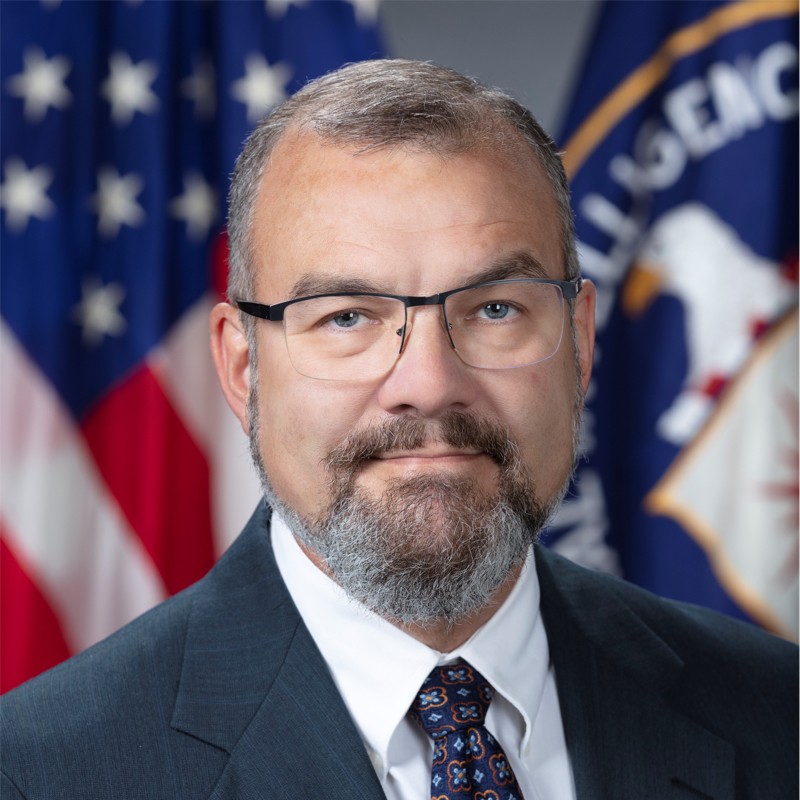
In an increasingly digital world, cyber analysis has emerged as a cornerstone of modern public safety strategies. From thwarting terrorist plots to uncovering hidden networks, the ability to analyze online activity is essential for preventing attacks and ensuring the safety of communities. The deadly New Year’s Eve terrorist attack in New Orleans (NOLA) serves as a stark reminder of the critical role cyber analysis plays in responding to and mitigating such threats. This case highlights how law enforcement agencies, such as the FBI, leverage digital forensics to protect the public and uncover the broader context of terrorist activities.
Immediate Response and Investigation
In the hours following the New Year’s attack, law enforcement and FBI teams prioritized determining whether the incident was an isolated act or part of a coordinated effort. The attacker, Shadsud-Din Jabbar, was immediately investigated to assess any affiliations with larger terrorist organizations. A key focus was whether Jabbar acted independently or had been directed by groups like ISIS, known for utilizing cyberspace to recruit, train, and coordinate operatives.
Cyber forensic teams conducted an exhaustive review of Jabbar’s digital footprint. This involved analyzing his social media activity, online communications, cell phone records, and interactions in forums or chat platforms. Over the past decade, terrorist organizations have shifted from physical training camps to digital platforms such as Telegram and Rocket.Chat, where they disseminate training manuals, propaganda, and fundraising initiatives. The rapid examination of Jabbar’s online activity provided critical insights that enabled authorities to address public safety concerns quickly, including the decision to postpone the Sugar Bowl, a major public event, to ensure no further threats were imminent.
Search Warrants and Physical Evidence
Following the day after the attack, media interest intensified as law enforcement, led by the FBI, executed search warrants at Jabbar’s residences in Houston, Texas. This represented a paradigm shift from a cyber analysis focus in cyberspace to physical evidence collection. Authorities searched for materials related to the plot, emphasizing potential bombing components. Jabbar had multiple improvised explosive devices (IEDs) in his vehicle when confronted by police.
Learn how Straife helps law enforcement and national security agencies develop more effective solutions to prevent, detect, and prosecute crimes.
The investigation targeted precursor chemicals such as ammonium nitrate, sodium nitrate, acetone, and sulfuric acid. These efforts served two crucial purposes: evidence collection and intelligence gathering. By examining bomb-making materials, law enforcement and intelligence agencies can gain clues for preventative measures, such as tracking sales patterns and identifying individuals acquiring these components. This proactive approach aims to thwart future terrorist activities by recognizing and intercepting potential threats.
Evolution of Terrorist Tactics
Historically, terrorist groups operated through physical networks, making travel itineraries and training camp attendance key indicators for law enforcement. Today, the internet has transformed how these groups function. ISIS, for instance, continues to exploit digital platforms despite the dismantling of its physical strongholds in Iraq and Syria by U.S. and allied forces in 2016 and 2017. Although leaders like Abu Bakr al-Baghdadi have been eliminated, ISIS-affiliated cells persist across the Middle East, Southeast Asia, West Africa, and beyond.
Recent examples underscore the global reach of these networks. In September 2024, U.S. authorities arrested a Pakistani national attempting to cross the northern border to target a Jewish community in New York. The following month, an Afghan operative linked to ISIS-Khorasan was apprehended while planning election-related attacks. Both cases were thwarted through proactive cyber analysis. Similarly, Austrian police prevented a potential attack at a Taylor Swift concert by intercepting online communications.
Domestic Threats and Attack Methods
The U.S. has also faced domestic threats tied to ISIS. In October 2024, police arrested a teenager in Arizona for plotting an attack on a gay pride parade. The following month, authorities charged an ISIS-affiliated individual in Houston with targeting military recruitment centers and providing logistical support to the terrorist organization. Each of these incidents highlights how cyber analysis enables law enforcement to detect and neutralize threats before they materialize, saving countless lives.
Did you know clients trust Straife to deliver tailored advice that helps them illuminate, prioritize, and mitigate critical cyber threats?
Jabbar exhibited a level of intelligence collection and tradecraft when executing his attack. Surveillance footage showed him navigating around police barricades on Bourbon Street by driving onto the sidewalk. He deliberately selected an F-150 truck, knowing its capabilities. Furthermore, he avoided detection using a peer-to-peer vehicle-sharing app instead of traditional rental services, demonstrating sophistication. Jabbar also chose an electric vehicle (EV) for its torque and silent operation, which enabled him to jump the sidewalk and approach pedestrians stealthily. This tactic highlighted the evolving challenges law enforcement faces in preventing such attacks.
Broader Implications for Public Safety
The New Orleans attack and subsequent investigations illustrate how critical it is for law enforcement to adapt to the evolving landscape of terrorism. By leveraging cyber analysis, authorities can uncover hidden networks, identify potential threats, and implement proactive measures to protect the public. Beyond responding to immediate incidents, these capabilities are crucial in disrupting terrorist groups' operations, making it increasingly difficult for them to execute their plans.
Ongoing Threats and Global Context
ISIS remains a significant threat to the U.S. and its allies. The organization has resurged globally, targeting symbolic events and leveraging ongoing geopolitical issues, such as the war in Gaza and the fall of Bashar al-Assad in Syria, to recruit operatives. Recent attacks during Christmas markets in Germany and worship services in West Africa demonstrate their persistent strategy of targeting culturally significant events. The U.S. must remain vigilant against radical Islamic fundamentalist threats, whether from ISIS, al-Qaeda, or Iranian-backed Hezbollah.
Cyber analysis is an indispensable tool in today’s public safety arsenal. From the streets of New Orleans to international arenas, the ability to monitor, analyze, and act on digital intelligence has proven critical in preventing terrorist attacks and ensuring community safety. As terrorist organizations' tactics continue to evolve, so must the tools and strategies employed by law enforcement. By staying one step ahead in the digital and physical domains, we can work towards a safer and more secure future.
Related posts




Stay connected
Subscribe to receive the latest risk management news, research, and more, delivered right to your inbox.



